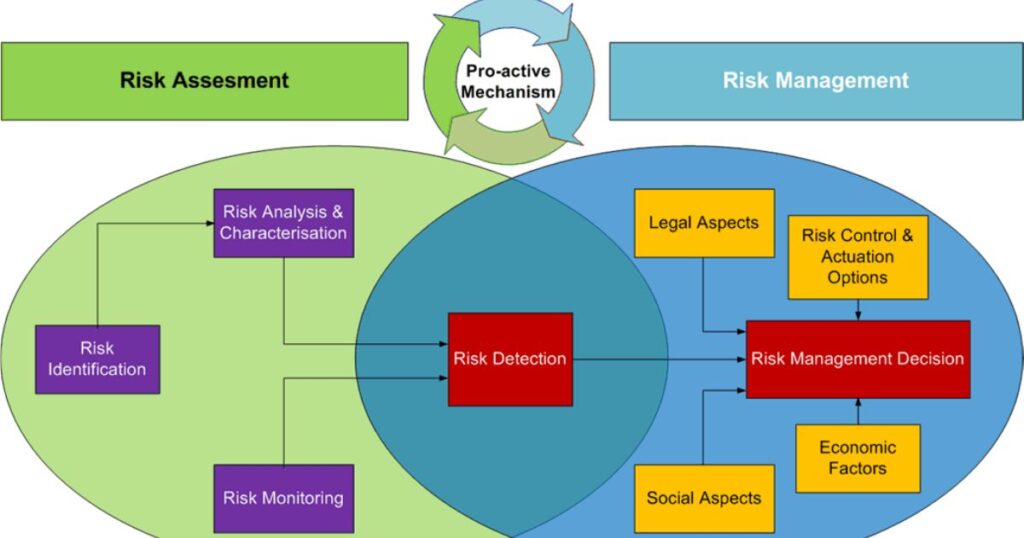The modern insurance industry is experiencing an unprecedented transformation driven by digital technologies and advanced analytics.
This comprehensive guide explores how insurers are leveraging cutting-edge solutions to enhance operations, improve customer experience, and maintain competitiveness in today’s dynamic market.
Thestudypoints presents an in-depth analysis of this digital revolution and its impact on insurance practices.
Enhancing Customer Experience through Digitalization
The integration of digital insurance solutions has fundamentally changed how insurers interact with their policyholders. Modern insurance providers are implementing sophisticated digital self-service portals and mobile applications that enable customers to manage their policies, submit claims, and access support services seamlessly.
The implementation of AI-powered customer support through chatbots and virtual assistants has revolutionized customer service by providing instant, 24/7 assistance.
Customer-centric insurance approaches now utilize advanced analytics to understand customer behavior patterns and preferences. This data-driven approach enables insurers to create personalized experiences and tailored product recommendations.
The adoption of omnichannel insurance experience ensures consistent service delivery across all customer touchpoints, from digital platforms to traditional communication channels.
Advanced Risk Assessment and Underwriting
AI-driven underwriting and predictive analytics in insurance have transformed traditional risk assessment methods. Insurance providers now employ sophisticated predictive modeling systems that analyze vast amounts of data to evaluate risks with unprecedented accuracy. This technological advancement has led to more precise risk profiling and fairer premium calculations.
| Risk Assessment Technology | Applications | Benefits |
| Telematics | Vehicle monitoring, driving behavior analysis | Usage-based pricing, accurate risk assessment |
| Wearable technology | Health monitoring, activity tracking | Personalized health insurance rates |
| Predictive modeling | Risk factor analysis, future claim prediction | Improved underwriting accuracy |
Proactive Loss Prevention and Risk Management

The integration of the Internet of Things (IoT) has revolutionized risk management strategies. Smart home sensors and connected devices enable early detection of potential hazards, while predictive maintenance in insurance helps prevent losses before they occur.
This shift from reactive to proactive risk management has significantly reduced claims frequency and improved customer satisfaction.
Read This Post: Avista National Park Damage Fine: Consequences & Prevention
Streamlining Claims Processing with Automation
Automated claims processing powered by artificial intelligence (AI) has transformed the traditionally time-consuming claims management process. Modern systems utilizing image recognition technology can assess damage instantly, while machine learning algorithms validate claims against policy terms in real-time.
This technological integration has dramatically reduced processing times and improved customer satisfaction through faster settlements.
Fraud Detection and Prevention
Advanced fraud detection in insurance systems powered by big data analytics and machine learning have revolutionized how insurers identify and prevent fraudulent activities.
These systems analyze patterns across vast datasets to identify suspicious activities and anomalies, helping insurers maintain fair pricing for honest customers.
Data-Driven Product Development and Pricing
Dynamic pricing models and big data in insurance enable insurers to develop innovative products based on actual customer needs and market demands. Insurance providers can now offer usage-based insurance and personalized coverage options that better reflect individual risk profiles and preferences.
| Data Analytics Application | Purpose | Impact |
| Customer Behavior Analysis | Product Development | Tailored Insurance Solutions |
| Risk Pattern Recognition | Pricing Optimization | Competitive Premium Rates |
| Market Trend Analysis | Strategy Development | Improved Market Position |
Overcoming Challenges in Digital Transformation
The journey toward digital transformation presents significant challenges, including cybersecurity in insurance, data privacy in insurance, and legacy system modernization. Successful implementation requires strategic planning, substantial investment, and comprehensive workforce digital upskilling programs.
The Future Landscape of Digital Insurance

Artificial Intelligence Integration
The future of insurance technology will see expanded applications of AI in insurance, from advanced underwriting to sophisticated customer service solutions. Machine learning in insurance will continue to enhance operational efficiency and decision-making processes.
Blockchain Technology
Blockchain in insurance promises to revolutionize policy administration and claims processing through smart contracts and enhanced security measures. This technology will improve transparency and reduce fraudulent activities.
Expansion of IoT Applications
The proliferation of connected insurance solutions and IoT in insurance will create new opportunities for risk assessment and prevention. These technologies will enable more accurate pricing and proactive risk management strategies.
Ecosystem Partnerships
Collaboration between traditional insurers, technology providers, and insurtech startups will drive innovation and create comprehensive insurance solutions. These partnerships will facilitate faster digital transformation and enhanced service delivery.
Read This Post: Everything You Need to Know About Clearskinstudy Email Info
Conclusion
The integration of digital technologies and analytics in insurance represents a fundamental shift in how the industry operates. Success in this evolving landscape requires embracing technological innovation while maintaining focus on customer needs and risk management principles.
Organizations & Companies that effectively implement these digital solutions while addressing associated challenges will be well-positioned for future growth and success in the insurance market.

Beau Alexander is an experienced administrator known for his exceptional organizational skills and keen attention to detail. With a strong background in team leadership and project management, Beau excels at streamlining operations and enhancing productivity. His proactive approach ensures efficient problem-solving and seamless coordination across departments. Beau’s personable nature and excellent communication skills make him adept at building strong relationships with both colleagues and stakeholders. Dedicated to fostering a positive work environment, he consistently drives initiatives that promote growth and innovation.








